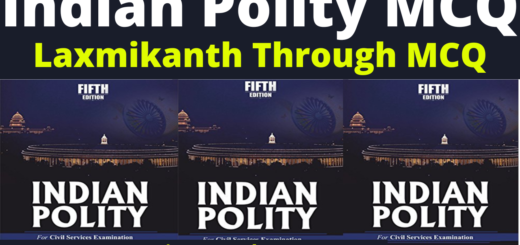A coalition government significantly impacts the decision-making process
A coalition government significantly impacts the decision-making process in India in various ways. Here are the key points:
1. Consensus Building
In a coalition government, decision-making often requires consensus among the coalition partners. This means that major policy decisions and legislative actions need to be agreed upon by all the parties involved in the coalition. This process can lead to more inclusive and representative decision-making, as it takes into account the views and interests of multiple political parties and their constituencies.
2. Compromise and Negotiation
Coalition governments necessitate a high degree of compromise and negotiation. Since no single party has an absolute majority, coalition partners must negotiate and make compromises to reach a common ground. This can sometimes lead to diluted policies that may not fully satisfy any single party’s agenda but are acceptable to all coalition partners.
3. Slower Decision-Making
The need for consensus and negotiation can slow down the decision-making process. Reaching an agreement among multiple parties with differing ideologies and priorities can be time-consuming. This can delay the implementation of policies and reforms, especially those that are contentious or require significant changes.
4. Policy Stability and Continuity
While coalition governments can be unstable due to the potential for disagreements and withdrawals of support, they can also provide policy stability and continuity. Since coalition partners need to work together to maintain the government, there is often a focus on maintaining stability and avoiding drastic policy shifts that could destabilize the coalition.
5. Influence of Smaller Parties
In a coalition government, smaller parties can wield significant influence, especially if their support is crucial for maintaining the majority. These parties can leverage their position to push for policies and decisions that align with their interests, sometimes at the expense of the larger parties’ agendas.
6. Common Minimum Programme (CMP)
Coalition governments often operate based on a Common Minimum Programme (CMP), which outlines the agreed-upon policies and priorities of the coalition partners. The CMP serves as a guiding document for the coalition government, ensuring that all partners are on the same page regarding key issues and policy directions.
7. Checks and Balances
The presence of multiple parties in a coalition government can act as a check on the power of any single party. This can prevent the dominance of one party and ensure that decisions are made through a more balanced and democratic process. It can also reduce the risk of authoritarianism and promote accountability.
8. Challenges and Conflicts
Coalition governments can face challenges and conflicts due to differing ideologies and priorities among the coalition partners. These conflicts can lead to policy gridlock, where important decisions are delayed or not made at all. Managing these conflicts requires effective leadership and strong mechanisms for coordination and conflict resolution.
9. Impact on Governance
The need for coalition partners to maintain their support base can sometimes lead to populist policies and short-term measures aimed at appeasing specific constituencies. This can impact the overall governance and long-term policy planning of the government.
Conclusion
In summary, coalition governments in India affect the decision-making process by promoting consensus building, requiring compromise and negotiation, and sometimes slowing down the decision-making process. While they can provide policy stability and ensure more inclusive governance, they also face challenges related to conflicts among coalition partners and the influence of smaller parties. Effective leadership and strong coordination mechanisms are essential for managing these challenges and ensuring effective governance in a coalition government.














